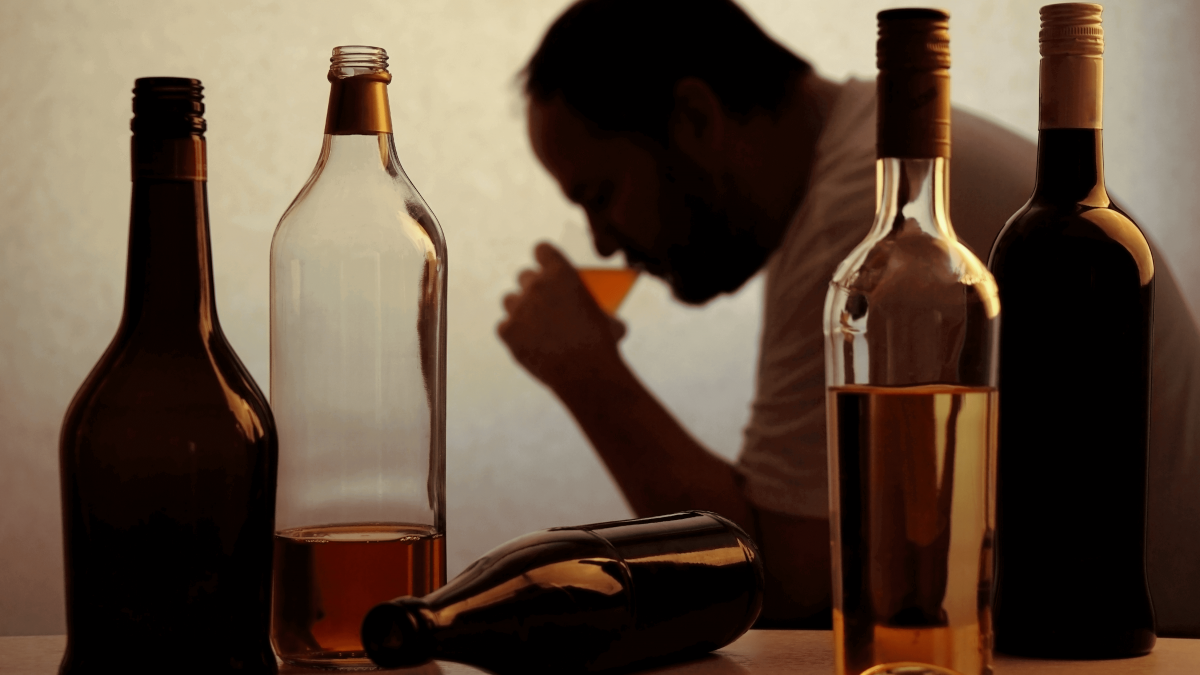Binge Drinking: Is it a Sign of AUD?

Is Binge Drinking A Sign Of AUD?
Binge drinking is defined by the NIAAA (National Institute on Alcohol Abuse and Alcoholism) “as a pattern of drinking that brings a person’s blood alcohol concentration (BAC) to 0.08 g/dl or above.”. This translates to about five or more drinks in about two hours for a man and four or more drinks in about two hours for a woman.
Binge drinkers are rarely classified as having severe alcohol abuse disorders, but metabolizing a large amount of alcohol at once is hard on the body. Therefore, binge drinkers can put their health and bodies at greater risk.
How Common Is Binge Drinking?
Research suggests that many Americans binge drink. 24% of Americans ages 12 and older say they binge drink during the past month, according to a 2019 national survey on drug use and health conducted by the Substance Abuse and Mental Health Services Administration (SAMHSA). About 66 million people would be affected by this.
The good news is that the number of preteens, teens, and young adults engaging in binge drinking has decreased. In the meantime, SAMHSA found that binge drinking has increased among adults 65 and older and women. However, binge drinking persists among younger adults between the ages of 18 and 34.
The Dangers of Binge Drinking
Almost half of the 95,000 deaths caused by alcohol misuse in the U.S. between 2011 and 2015 were due to binge drinking. Even one binge-drinking episode can negatively impact the immune system and inflame the pancreas.
A person who binges on alcohol over time may develop liver disease and other chronic illnesses. This pattern of drinking may also increase their risk of various cancers, such as liver, breast, and colorectal cancer. Other dangers associated with binge drinking can include:
- Accidental injuries from car crashes, burns, and falls
- Suicide, homicide, and sexual assault
- Alcohol poisoning
Signs of Binge Drinking
Any drinking that impacts a person's job, school, or life is considered a problem. Other signs of binge drinking may include:
- Drinking more than planned or more often
- Day Drinking
- Reacting defensively about drinking
- Unable to limit drinking or stop drinking
- Needing more alcohol to get the same effect
- Loss of interest in activities they previously enjoyed
- Weakness, feeling shaky, or nauseous when unable to drink alcohol for a period of time
- Participating in dangerous activities when drinking
- Blacking-out or gaps in memory, from drinking
In general, binge drinkers are not dependent on alcohol. However, they may be at an increased risk of developing alcohol use disorder (AUD), especially teens who binge drink. If a teen is binge drinking, they triple their chances of developing AUD.
At Redemption Addiction Treatment Center, our programs are designed by people who have experienced the devastation of drug and alcohol addiction. We believe in combining clinical and medical approaches with love, empathy and guidance for a successful recovery. Our goal is to help others overcome their challenges - contact us today to find out how we can help you.




